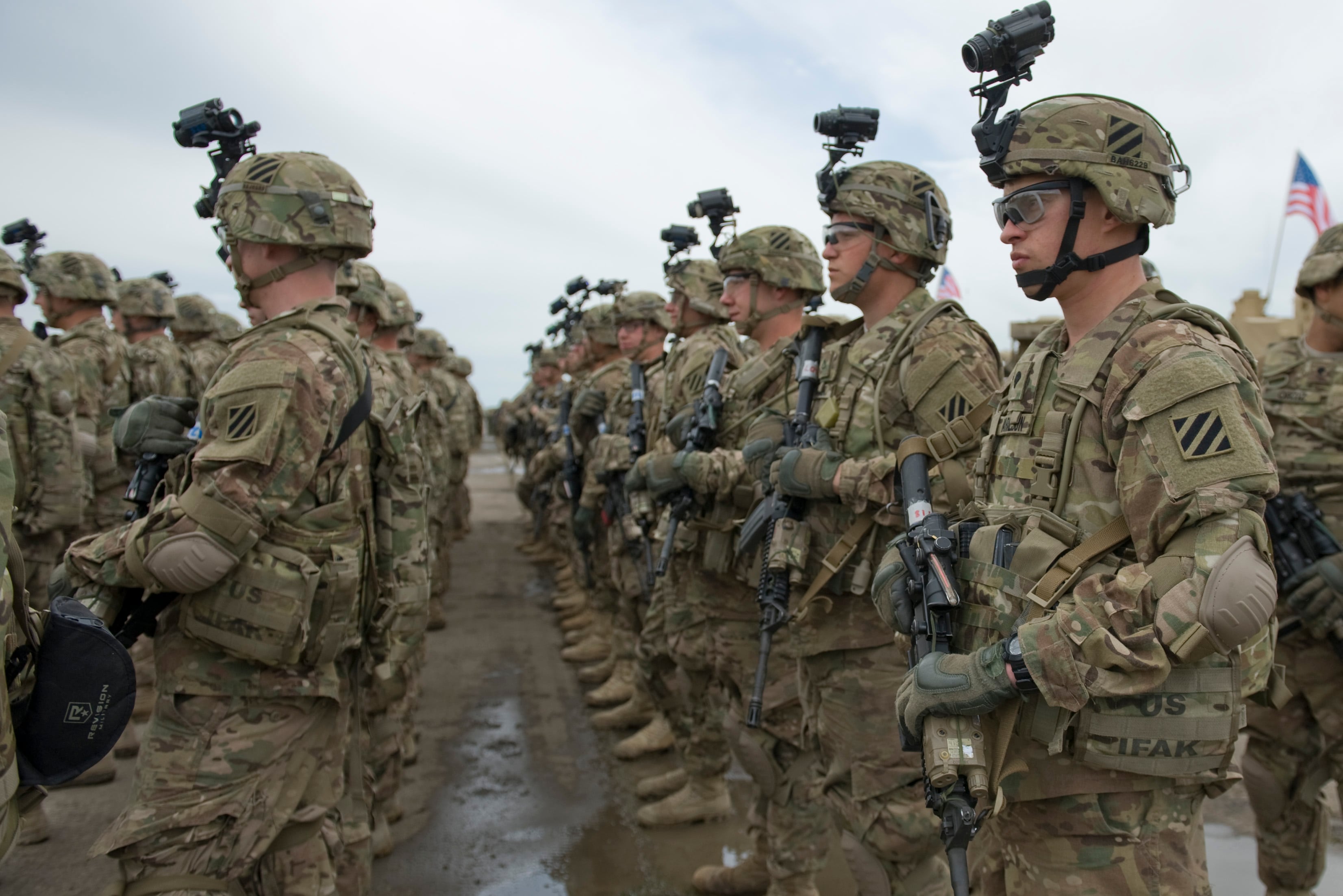Now that the Army is working to plus-up the force rather than downsize, officials are looking to fill manning gaps in stretched-thin brigade combat teams.
The Army's active component is about six months away from its deadline to get the force to 476,000 troops — that's a full 16,000 more than they had planned on for this fiscal year. The change happened when then-President Obama signed the National Defense Authorization Act in December and effectively gave the Army nine months to turn it all around.
As recruiters try to attract new soldiers, units work to re-enlist their very best, and Army Training and Doctrine Command prepares for an influx of recruits, the Army is promising relief to operational forces hit hardest by the post-Iraq and Afghanistan drawdown.
"We have some holes in our formations, in our brigade combat teams, that we will be looking to send our soldiers to," Maj. Gen. Jason Evans, director of military personnel management at the Army G-1, told Army Times in a Thursday interview.
That will not include, for example, a plus-up to headquarters elements, which were cut for budget reasons in recent years.
"This is to enhance combat power for decisive action and readiness," he said, per guidance from Army Chief of Staff Gen. Mark Milley.
At the top of the list are new armor crewman, cavalry scouts and tank maintainers who will be headed to newly converted armored brigades, Evans said.
Now that the Army has turned its attention back to Europe and deterring Russia, units driving M1 Abrams tanks and Bradley Fighting Vehicles are in high demand again. Some of those new soldiers could find themselves in Europe, Evans said, either with a rotational brigade combat team or eventually with new, permanently stationed units.
The Army's armored brigades also conduct nine-month rotations in Kuwait and South Korea, and soldiers from all types of units are still deployed all around the world — in the Pacific, Africa, the Middle East, as well as Iraq and Afghanistan.
Getting to 476,000
Since 2012, the Army has steadily drawn down the active force from a wartime high of 570,000 soldiers because of budget cuts. The goal was to reach an end strength of 460,000 by Sept. 30, and an eventual 450,000 in 2018.
But the defense authorization bill called for a reversal of that trend and a boost of 16,000 soldiers in the active force. This led the Army to scramble and offer two-year contracts and bonuses to new soldiers as well as cash incentives to retain some of its most experienced soldiers.
Since it began growing, the active Army has swelled its ranks to 466,600 as of March, Evans said. That gives the Army about six months to add 10,000 more soldiers.
The Army National Guard and Army Reserve are much closer to their goals, he added, at 341,500 out of 343,000 for the Guard and a completed 199,000 goal for the Reserve.
To get to 476,000, the active Army has put out the proverbial "we're hiring" sign, offering big bonuses to join up as well as piles of cash to keep quality soldiers in.
Things are on track, Evans said, though numbers are never off the charts this time of year.
"For recruiting, this is what we call the bath tub months," he said, for the lull before high school graduation, after which numbers pick back up over the summer and fall.
Meghann Myers is the Pentagon bureau chief at Military Times. She covers operations, policy, personnel, leadership and other issues affecting service members.





